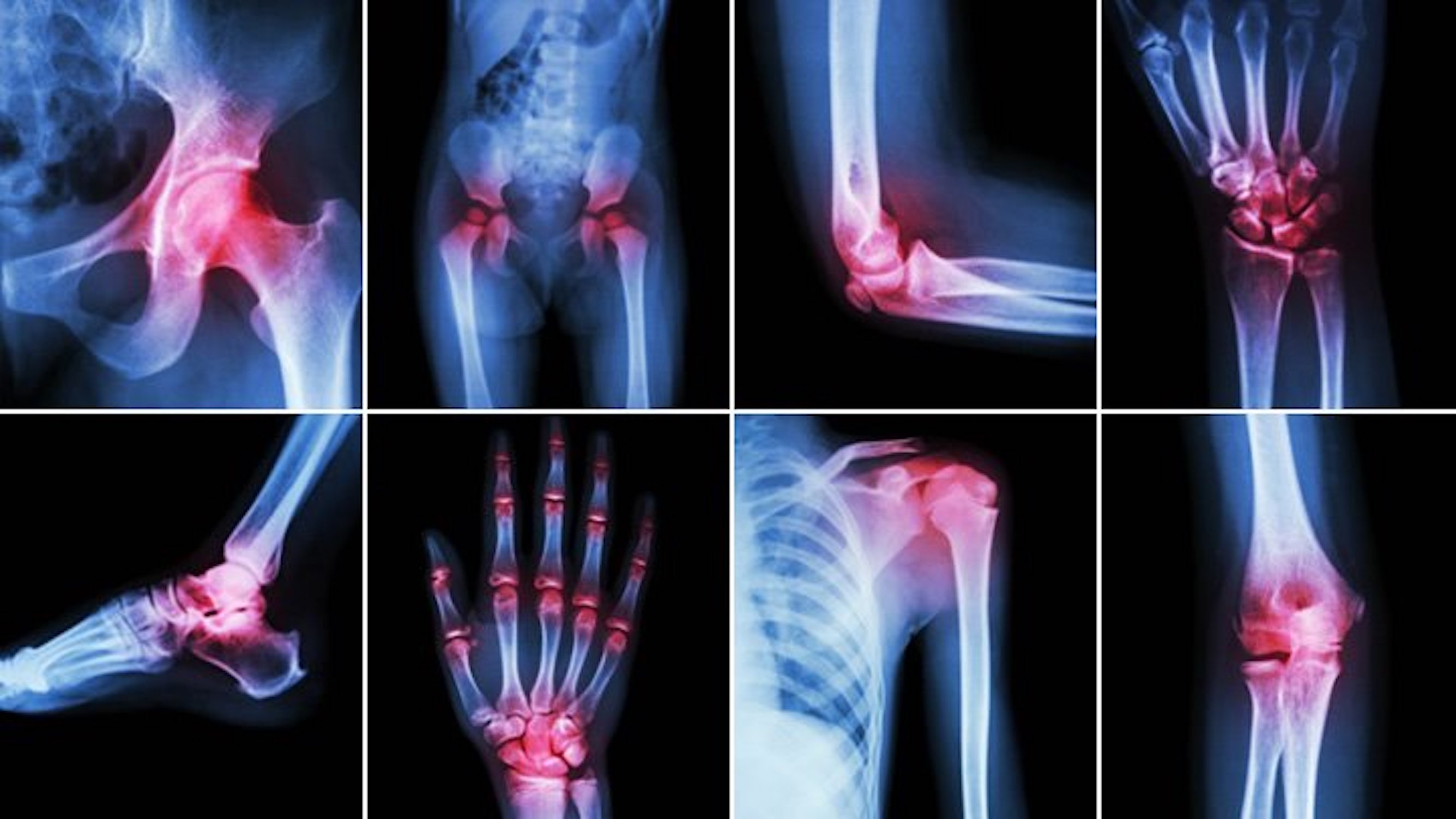Medicare’s Comprehensive Care for Joint Replacement (CJR) model decreased readmissions and discharges to institutional postacute care in black joint replacement patients, according to a study.
“I was surprised the readmission rate decreased for Black patients,” said study author Hyunjee Kim, PhD, in a press release. “When you combine it with lower rates of institutional post-acute care, you’re seeing better overall care.”
Joint replacements are often performed in patients with severe osteoarthritis and account for more than 10% of overall Medicare spending. Despite how common these surgeries are—and will continue to be given the aging population—racial disparities have been observed in outcomes. Black patients are more likely to sustain complications, which increases their risk for readmission and mortality, as well as require postoperative postacute institutional care. Data are less conclusive when comparing outcomes between Hispanic versus white patients.
For this study, Dr. Kim and colleagues retrospectively reviewed Medicare claims spanning 2013 through 2017 for white, black, and Hispanic hip and knee replacement patients treated in 67 sites participating in CJR and 103 control metropolitan statistical areas.
Final analysis incorporated 688,346 patients. About two-thirds of the cohort (n=442,163; 64.2%) was female, and 12.7% (n=87,286) were aged 85 years or older. CJR was associated with a $439 decrease in spending for white patients from pre-CJR spending in treatment metropolitan statistical areas of $25,264; no changes in spending were observed for black and Hispanic patients. Compared to pre-CJR, all three groups saw decreases in discharge to institutional postacute care (white patients, –2.5 percentage points from pre-CJR risk of 46.2%; black patients, –6.0 percentage points from pre-CJR risk of 59.5%; Hispanic patients, –4.3 percentage points from pre-CJR risk of 54.3%). No changes in readmission risk were observed for white and Hispanic patients, but for black patients, a 3.1 percentage point decrease was observed from a pre-CJR risk of 21.8%). CJR decreased the gap between black and white patients in discharge to institutional postacute care by 3.4 percentage points compared to the pre-CJR difference of 13.3 percentage points; no other changes were observed when comparing outcomes between black versus white patients or Hispanic versus white patients.
The study was published in JAMA Network Open.
Despite the improvements, which the researchers said was “a notable finding,” the study authors acknowledged that “Nonetheless, racial/ethnic differences in joint replacement care still persist, indicating the need for additional and sustained efforts to create an equitable health care system.”
Credit: Original article published here.










